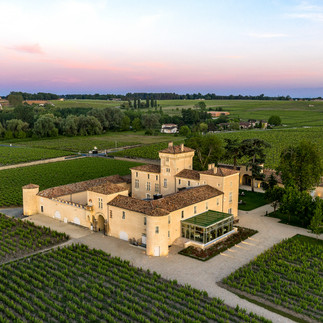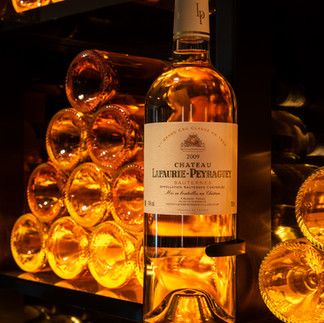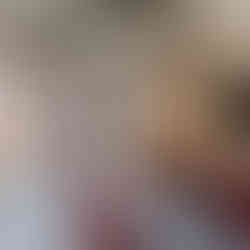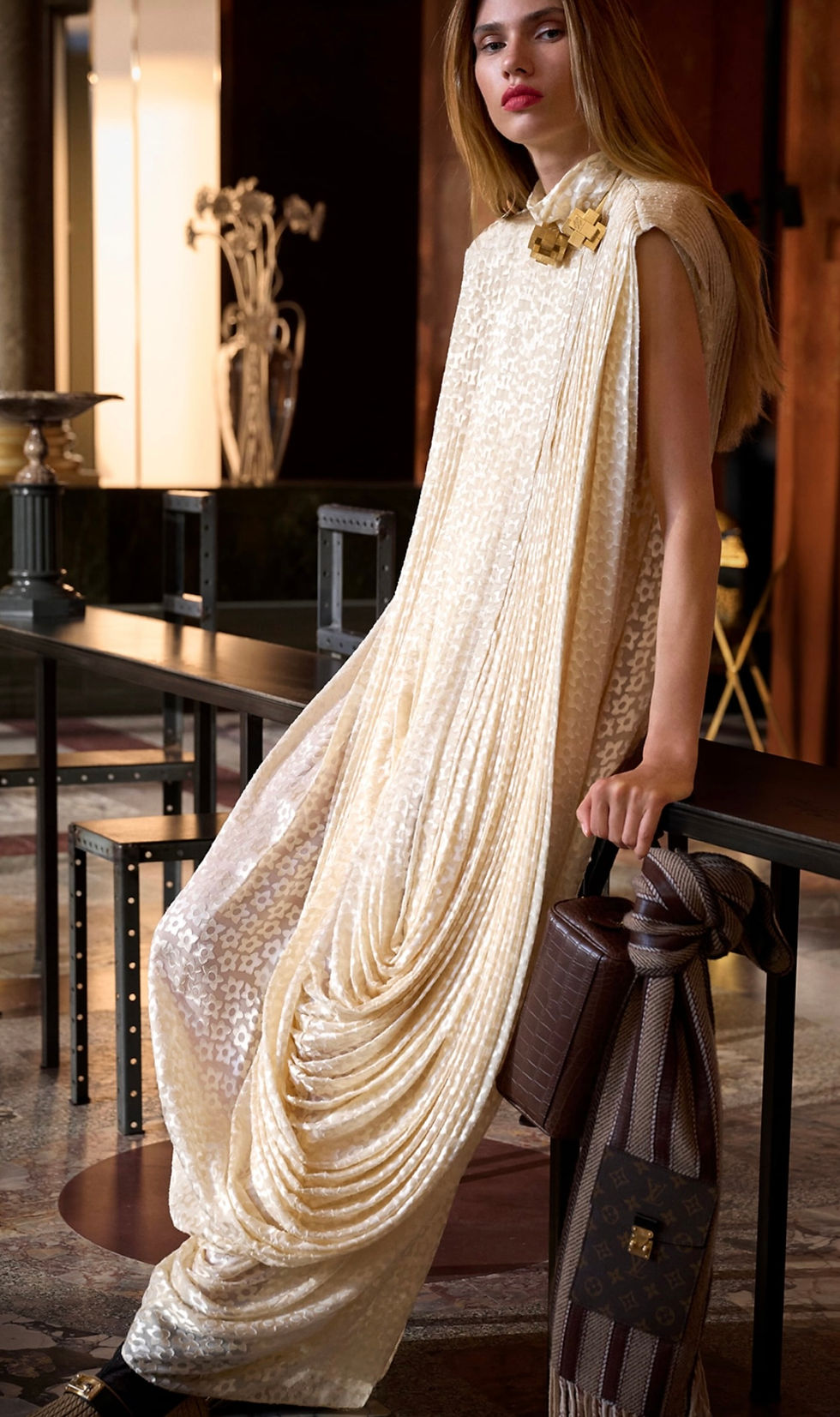Château Lafaurie‑Peyraguey: A Legacy Etched in Terroir, Time, and Art
- Luxe magazine Switzerland

- Jul 30
- 3 min read
Updated: Aug 3

Château Lafaurie‑Peyraguey: A Legacy Etched in Terroir, Time, and Art
Terroir & History
Nestled on the high gravel terrace of Bommes, Château Lafaurie‑Peyraguey occupies 18.5 hectares of meticulously tended vines in the very heart of the Sauternes appellation. Its roots stretch back to the 13th century when the Peyraguey family built a fortified château on a promontory between the Garonne and Ciron. Over time, this fortress evolved into a renowned wine estate defined by four essential elements: its gravelly‑sandy soils, a distinctive microclimate conducive to botrytis cinerea (the noble rot), and a plantings dominated by Sémillon, the signature grape of the region.
In 1855, the estate earned its rightful place as a Premier Grand Cru Classé in Bordeaux’s historic ranking a status it maintains to this day . Despite its relatively small size, the vineyards of Lafaurie‑Peyraguey deliver wines of exceptional finesse and aromatic complexity, owing to a careful mosaic of gravel, clay, and limestone soils across parcels such as L’Enclos and Maisons Rouges . Yields remain modest typically around 13 hl/ha with grapes harvested selectively across multiple passes to ensure only berries affected by noble rot reach the cellar.
From the 18th century onward, the estate passed through a succession of influential proprietors. Baron Pierre de Pichard expanded the vineyard and raised the quality to new heights; later, Pierre Lafaurie consolidated ownership and fortified the estate’s reputation. After the upheavals of the Revolution and several lineage changes, the Cordier family managed the estate for much of the 20th century, establishing it in the modern wine trade and reintroducing in‑house bottling starting in 1917. In a transformative move, Silvio Denz of Lalique an art and wine visionary acquired the property in 2014, sparking a renaissance that connects tradition and modern luxury.
Despite periods of phylloxera and political turmoil, Château Lafaurie‑Peyraguey has always embodied the union of heritage architecture and vinous excellence. Its modern wines reflect the estate’s deep connection to terroir, offering rich honeyed aromas, vibrant acidity, and a mineral edge that is quintessentially Sauternes.
A Living Monument of Heritage, Wine & Art
Today, Château Lafaurie‑Peyraguey transcends its identity as a wine producer to exist as a destination where culture, craftsmanship, and sensory experience converge. Under the guidance of Lalique’s CEO Silvio Denz, the estate has become a fusion of wine heritage and refined hospitality, culminating in the opening of the Lalique-branded five-star hotel and restaurant in 2018, a member of Relais & Châteaux and now boasting two Michelin stars for its culinary innovation guided by Chef Jérôme Schilling.
Guests are invited to explore the estate’s medieval enclos, survey the mosaic of terroirs, and tour its historic cellars capped with a Lalique crystal barrel installed to commemorate the château’s 400th anniversary. Guided tastings, vertical flights, and pairings in a chapel adorned with Lalique design further enhance immersion in vinicultural artistry.
Culinary creativity at the Lalique Restaurant reflects the terroir itself. Chef Schilling builds dishes steeped in the vineyard: sauces infused with grape stems; vine leaves incorporated into infusions; and sabayon made from residuary must. Even confectionery like meringues and soufflés a features Sauternes reduction, elevating sweet wine from accompaniment to central ingredient in fine dining narratives.
Beyond the dining table, the estate offers immersive oenotourism: explorations of its organic vineyard practices, intimate encounters with terroir-element plots, and sensory storytelling that frames wine as cultural heritage. It invites collectors, wine learners, and art lovers into an environment where each vintage expresses over seven centuries of history, and every detail from architecture to agriculture is curated with intention.
In essence, Château Lafaurie‑Peyraguey is more than a Premier Grand Cru it stands as a living monument where tradition meets innovation, passion informs craft, and beauty is both tasted and felt. It embodies Sauternes at its most refined: luxurious, authentic, and eternally rooted in time.

Photographer: Agi Simoes
Instagram: Agisimoes


















































